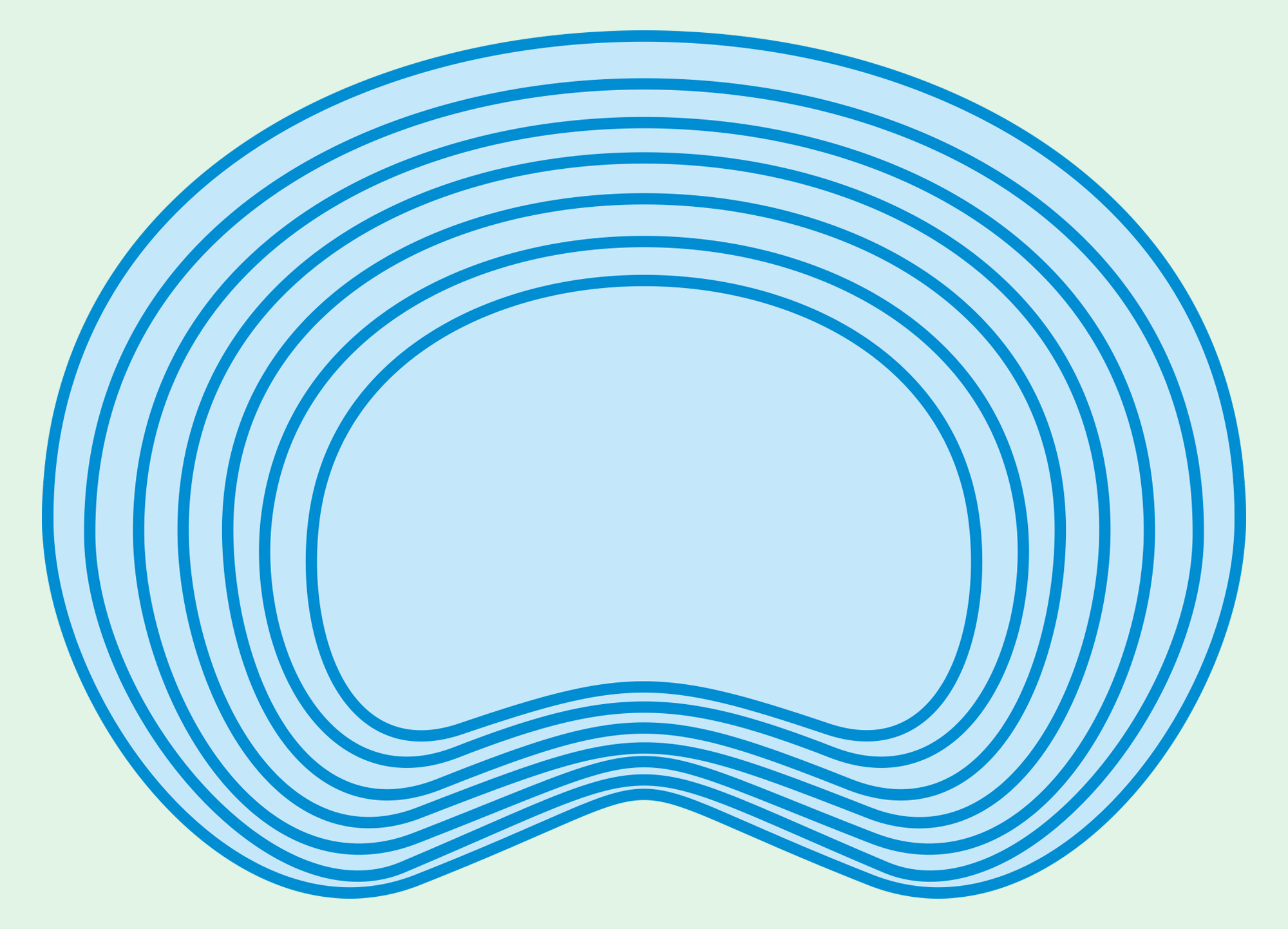What is an intervertebral disc?
The intervertebral disc is a flexible structure located between the vertebrae of the spine. It consists of an outer fibrous ring and an inner gel-like nucleus. It serves as a cushion, allowing movement of the spine and providing flexibility and protection against injuries.
What are the symptoms of intervertebral disc problems?
Intervertebral disc problems can cause various symptoms such as back pain, radiating pain to the limbs, numbness, muscle weakness, difficulty in movement, and limited range of motion. The symptoms can be associated with disc herniation, degeneration, injury, or other conditions.
What are the risk factors for intervertebral disc problems?
Risk factors for intervertebral disc problems may include poor posture, obesity, sedentary lifestyle, lack of physical activity, heavy lifting, genetic predisposition, aging, and spinal injuries. There are also other non-specific risk factors for intervertebral disc diseases. Therefore, it is important to regularly undergo check-ups and report any symptoms to a doctor.
How can intervertebral disc problems be treated?
The treatment of intervertebral disc problems can involve various methods depending on the severity and type of the condition. These may include physiotherapy, pain medications, anti-inflammatory injections, manual therapy, chiropractic care, acupuncture, and in some cases, surgical intervention.
How can intervertebral disc problems be prevented?
There are several ways to prevent intervertebral disc problems, such as maintaining proper posture, engaging in regular physical activity, avoiding prolonged sitting, lifting heavy weights properly, and maintaining a healthy diet. It is also crucial to ensure proper sleep hygiene, including using a suitable mattress and pillow.






